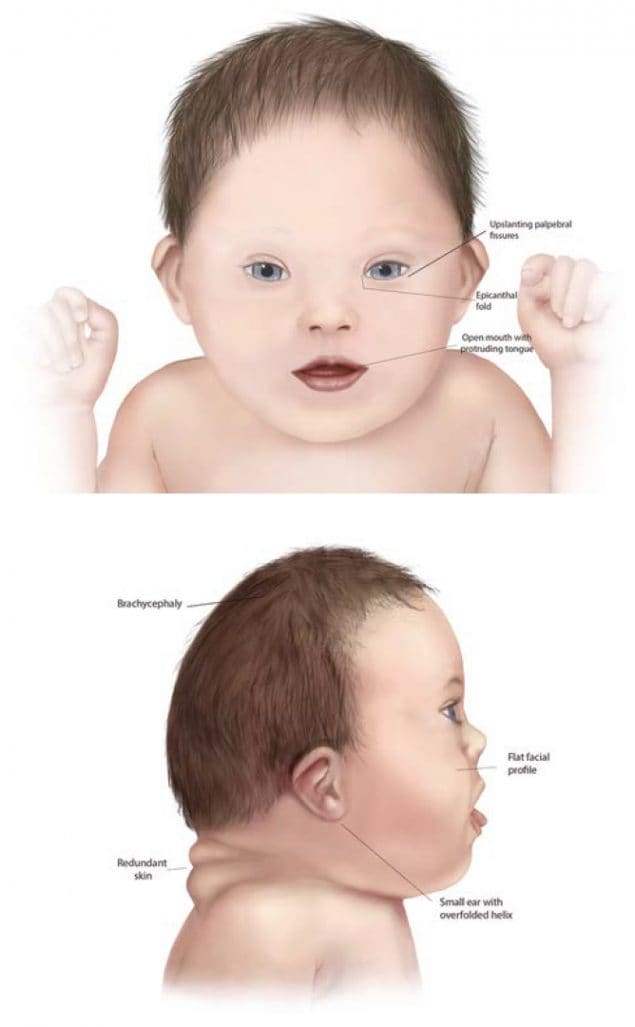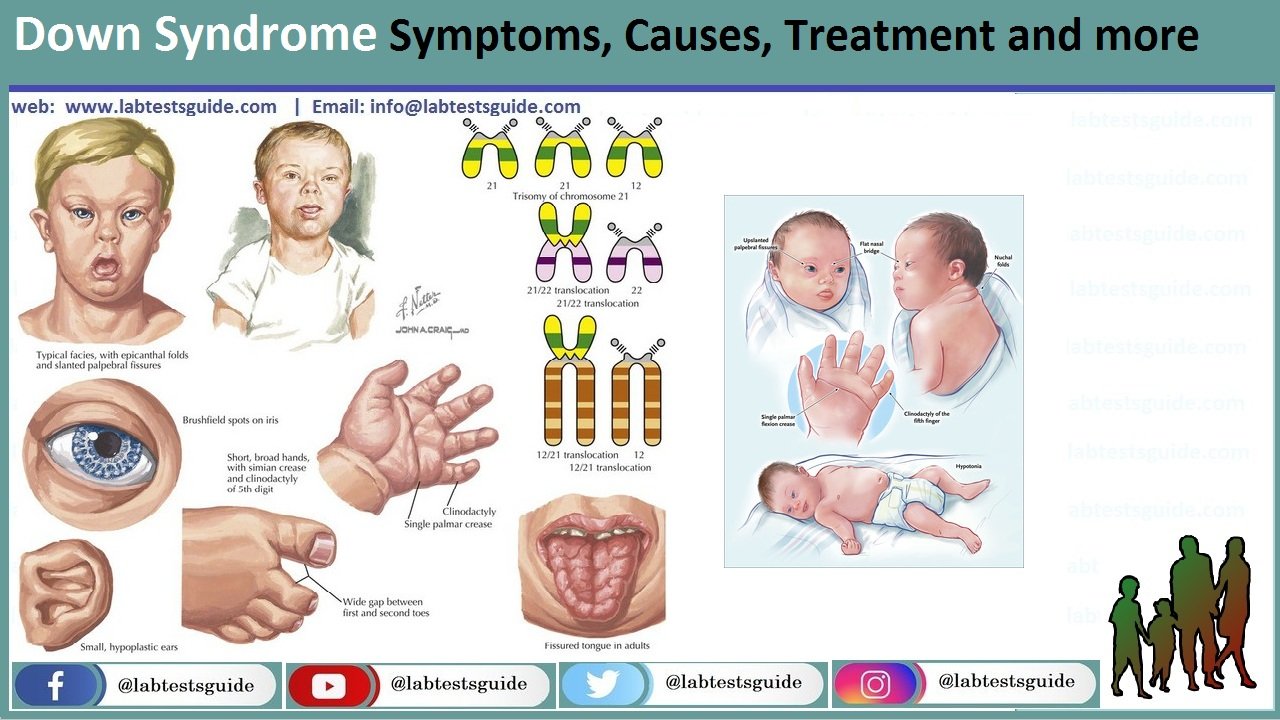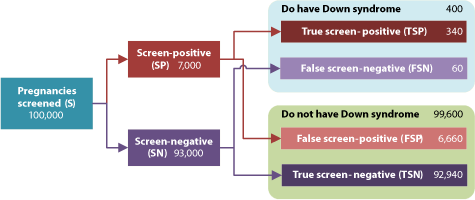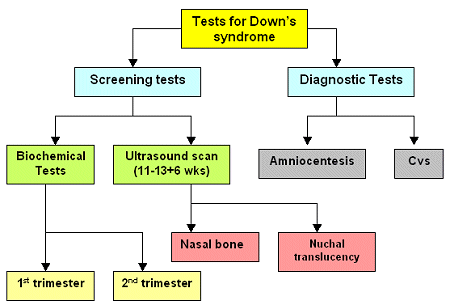Glory Info About How To Diagnose Down Syndrome

Symptoms of early dumping syndrome may include pain in your abdomen and feeling tired or needing to lie down.late dumping syndrome.symptoms of late dumping syndrome occur 1 to.
How to diagnose down syndrome. The diagnosis usually is confirmed by a blood test to examine the chromosomes. Various screening tests can help identify whether an individual is at risk of carrying a baby with down’s syndrome, but they can't identify whether your baby has down’s syndrome. Touching areas of a person's body to check for pain, tenderness, swelling,.
The doctor can diagnose down’s syndrome by looking at the baby’s face, body, appearance and movements. It is provided to women of all ages. They photograph the chromosomes and then group them by size, number, and shape.
The screening is also done through a very detailed ultrasound exam of the nuchal area, which is a fold of skin at the back of the fetus’s. Down syndrome can be diagnosed from birth. Amniocentesis, which takes a sample of amniotic fluid, the fluid that surrounds your unborn baby.
Ultrasound detects fluid at the back of a fetus’s neck which can indicate down syndrome. Looking at a person's body to check for normal findings and any changes that may indicate a diagnosis. The two main tests that are used to diagnose down's syndrome before birth (prenatally) are amniocentesis and chorionic villus sampling (also called cvs).
However, it is important to know that: Down syndrome diagnostic tests done during pregnancy include: To obtain a karyotype, doctors draw a blood sample to examine the baby’s cells.
The american congress of obstetricians and gynecologists (acog) recommends that all pregnant women be offered a down syndrome screening test.
/down-syndrome-diagnosis-5b48ed9e46e0fb005b58a411.png)

/down-syndrome-symptoms-5b48ed4c46e0fb0054c53622.png)


/treatment-of-down-syndrome-1120461-v1-deadca996c71459ea361567811088bf8.jpg)




:max_bytes(150000):strip_icc()/down-syndrome-diagnosis-5b48ed9e46e0fb005b58a411.png)



:max_bytes(150000):strip_icc()/DoctorDiscussionGuideMomandBaby-5c3e5dd346e0fb00018814ad.png)


